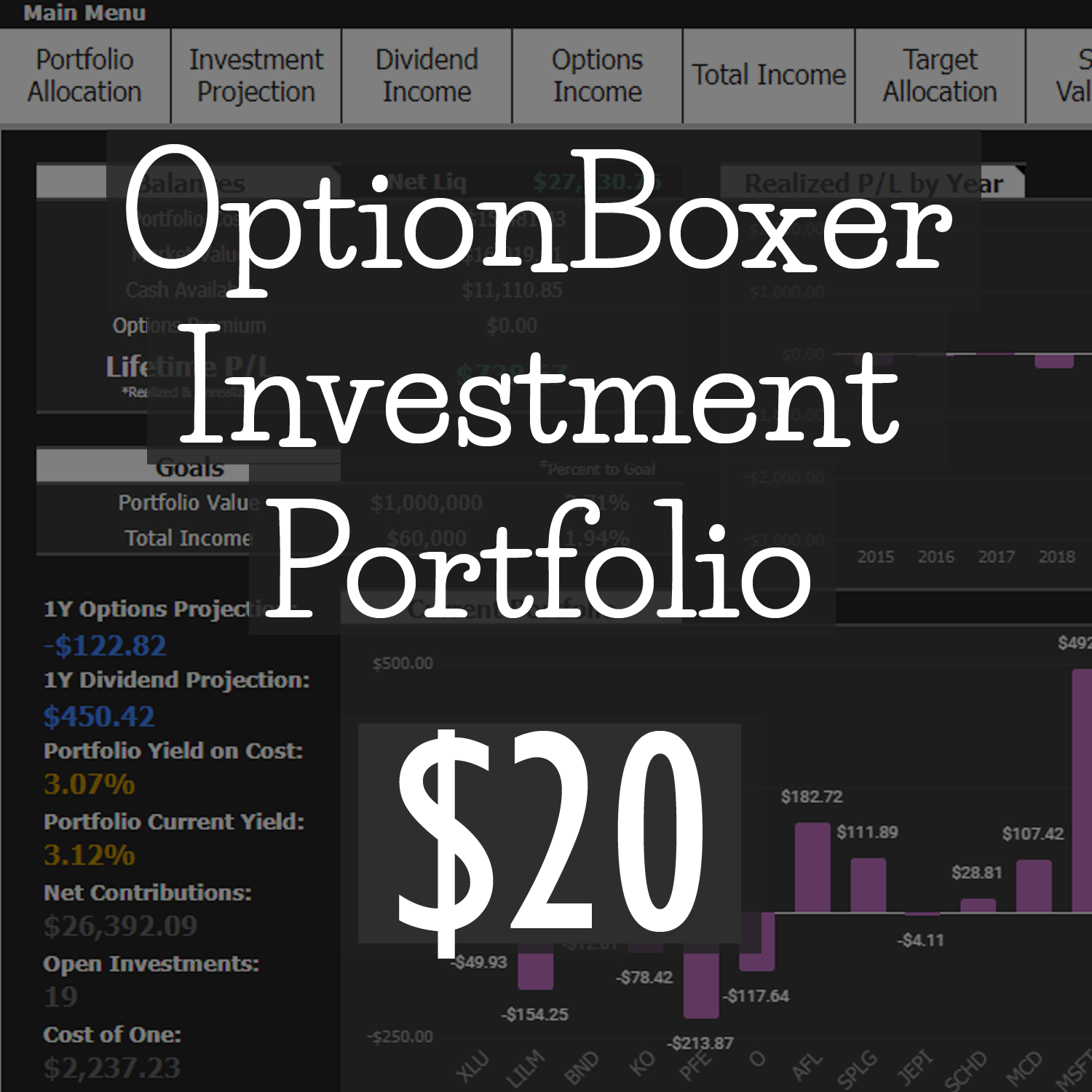It is my honest belief that understanding options delta, of the 4 or 5 greek’s (if we count Rho), is the most important to trading success.
Now, I’m not saying the other greek’s are unimportant I’m just pointing out what we all really know, price direction means everything. Any other metric or statistic is near non-sense (again my opinion) if the price movement isn’t favorable or at least only marginally unfavorable. In fact, in periods of slightly unfavorable price movement, the importance of the other Greek’s intensifies.
But let’s stay focused. Delta, can really be seen as a probability. An ever changing, always current glimpse, at what percentage the market believes is the likelihood an option will expire ITM.
In order to understand that particular statement you’ll need a few more details. First, by the book, delta measures the impact a change in price of the underlying has on an option. The second is positive and negative delta, which highlight the desired underlying direction. For a refresher on the Greek’s as they apply to options trading take a look at my fundamental course terminology page.
Understanding Options Delta:
- Negative Delta (ie -.50)
- Long Put contract – Will increase in value by $.50 if price falls $1. Will decrease in value by $.50 if price rises $1.
- Short Call contract – Will increase in value by $.50 if price falls $1. Will decrease in value by $.50 if price rises $1.
- Positive Delta (ie .50)
- Short Put contract – Will increase in value by $.50 if price rises $1. Will decrease in value by $.50 if prices falls $1.
- Long Call contract – Will increase in value by $.50 if price rises $1. Will decrease in value by $.50 if prices falls $1.
Once its clear, understanding options delta is pretty straight forward. Depending on the options strategy a trader selects will determine which underlying move is most favorable.
If I were short a call option for example, and consequently negative delta, I’m expecting the market price to fall and so forth. But to truly understand the power of delta the trader must look to position delta. By the book, understanding position delta is the same as understanding options delta, the only difference being position delta is calculated using every position in a portfolio.
Understanding Position Delta or Portfolio Delta:
Lets assume trader X has this in his portfolio;
short(-1) $108 call option with a delta of -.33
Long (+1) $109 call option with a delta of +.25
Long (+1) $50 call option with a delta of +.09
Short (-1) $121 put option with a delta of +.71
What is this traders positon delta?
Position delta is the sum of each position. In this example, position delta is +.72.
What does that mean?
It signals that trader X is heavily weighted to the upside of whichever market he/she is trading. For this example understanding which market isn’t important, what is important is whether trader X suspects a rise in price? If the answer is yes, then likely this position delta figure is satisfactory because rising prices would benefit the portfolio. However, should that answer be no, then this trader has some loose ends to tie up. Meaning, trader X will need to set up a negative delta position to neutralize the heavy positive delta load. Make sense? If not feel free to ask questions in the comments.
Ok, with delta and position delta covered, the biggest secret to understanding options delta is how it relates to the overall market. Maybe secret isn’t the right word but I think that signals my intention. To truly understand delta or position delta it needs to be measured against a benchmark. For most, that benchmark is the S&P 500, but maybe that for you its the DOW or the NASDAQ. It doesn’t really matter which. What does matter, is how that delta position performs against a credible index. This measurement is called Beta Weighting.
Now why might beta weighting be important?
Well, it provides a birds eye view for how a position will perform against the market. For instance and to elaborate on our example above, suppose trader X was indeed bullish on the markets he/she was trading but notices considerable weakness in the S&P 500. Knowing that many equities trade in unison with the overall market, does it make sense to maintain this bullish bias? Probably not, right?
To state it simply, beta weighting is a comparative analysis tool to highlight a position or portfolio of positions against, any market really, but more commonly against an index. For the sole purpose of determining how that portfolio will perform in the current market climate. In this example, how it may perform against overall market weakness.
Here is a current image of my position statement highlighting position delta, beta weighted against the SPY or the S&P 500.
And with all that to digest, its no wonder trading options profitably is so darn hard. I hope this post has shed some light on delta, position delta, and beta weighted deltas to aid your trading immediately. Should you have a question don’t hesitate to reach out, I’m happy to clarify.
Happy Trading,
Jeff “the OptionBoxer”











